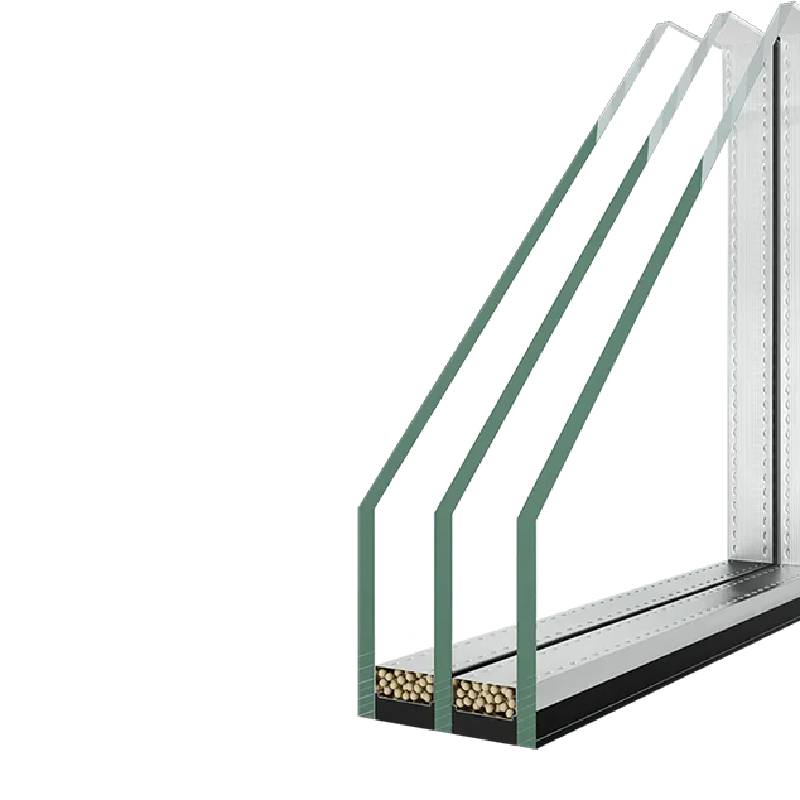

The Rise of Acid Etched Glass A Trend in Modern Design
Acid etched glass has become a favored choice for interior and exterior design in recent years, gaining popularity for its aesthetic appeal, versatility, and functional benefits. As a supplier of acid etched glass, understanding its characteristics and applications is essential for meeting the emerging demands in the architectural and design sectors.
What is Acid Etched Glass?
Acid etched glass is produced by applying a mixture of hydrofluoric acid and other chemicals to the surface of the glass. This process creates a smooth, frosted finish that not only enhances the visual aesthetics of the glass but also provides privacy without completely obstructing light. The result is a refined material that maintains elegance while being practical.
Applications in Interior Design
In homes, acid etched glass finds its usage in various applications. It is an excellent choice for shower doors, bathroom partitions, and kitchen cabinets. Its privacy attributes make it perfect for spaces where visibility from the outside is a concern. Additionally, acid etched glass can be used for room dividers, allowing homeowners to define spaces without sacrificing natural light.
In commercial environments, acid etched glass is widely used in office buildings, conference rooms, and storefronts. It can be printed with logos or custom designs, providing branding opportunities while maintaining an airy and open feel. This type of glass encourages a collaborative atmosphere in open-plan offices and enhances the professional appearance of meeting rooms.
Benefits of Acid Etched Glass

One of the primary advantages of acid etched glass is its ability to diffuse light effectively. It softens the harsh glare of direct sunlight while still allowing light to penetrate the space. This characteristic not only helps in creating a more comfortable environment but also contributes to energy efficiency by reducing the need for artificial lighting during the day.
Furthermore, the surface of acid etched glass is easier to maintain compared to traditional clear glass. Its frosted finish hides fingerprints and smudges, making it an ideal choice for high-traffic areas. Most cleaning products can be used without worrying about scratching or damaging the surface, making maintenance simple and cost-effective.
Sustainability and Innovation
As sustainability becomes a priority in design, acid etched glass aligns well with eco-friendly practices. The manufacturing process can incorporate recycled materials, and the longevity of the glass reduces the need for frequent replacements. Many suppliers are now emphasizing the use of environmentally friendly techniques in the production of acid etched glass, appealing to conscious consumers.
Innovations in acid etching technology are also paving the way for new design possibilities. Customized patterns, textures, and colors can be achieved, allowing architects and designers to push the boundaries of creativity. As trends continue to evolve, acid etched glass suppliers are poised to cater to the diverse tastes of their clientele.
Conclusion
Acid etched glass is more than just a design element; it is a versatile solution that combines beauty, functionality, and sustainability. As a supplier, recognizing the growing trends and benefits of this material can lead to better partnerships with clients and an enhanced market presence. Whether for residential or commercial use, the demand for acid etched glass is likely to continue its upward trajectory, making it an indispensable component in modern architectural design.